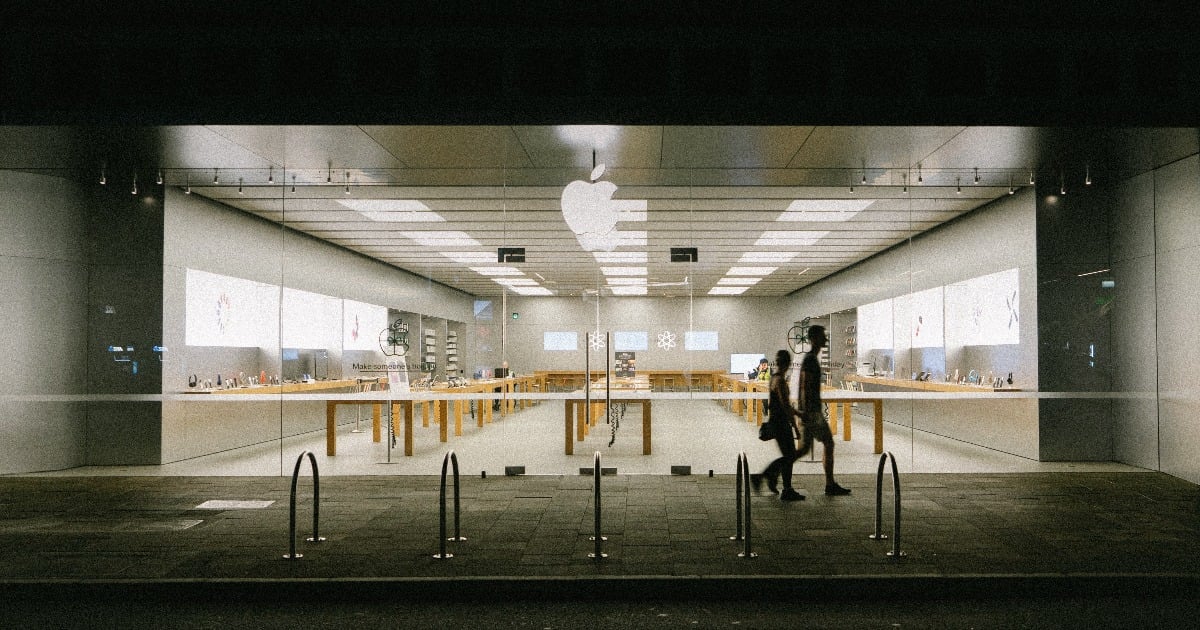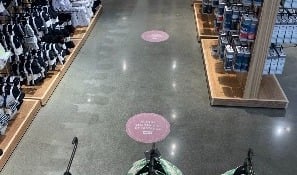Mixed in with the fantastical flying machines and gimmicky-but-disappointing robots, this year’s Consumer Electronics Show (CES) in Las Vegas included several new announcements that offer a glimpse of physical retail’s future. They include the return of an iconic retail brand and the launch of an intriguing new partnership. Here’s the highlights.
Circuit City is Back from the Dead
Yes, that Circuit City. The big box electronics retailer that closed its doors in 2009 is ready to relaunch next month under new ownership, and it’s taking a digital-led approach that mixes ecommerce and small-scale, experiential physical retail.
On February 15, they’ll launch a new website that bakes in augmented reality (AR), search-by-image, and artificial intelligence to encourage shoppers to “play, explore and learn,” while serving them with personalized interest-based product assortments.
The “play, explore, learn” approach will carry over to physical retail, when the company launches kiosks, stores-in-stores and showrooms. All of that same tech will be available for shoppers to learn about and try products before they buy. The stores won’t keep inventory on location, with purchases shipped from a nearby distribution center.
There’s a lot to like about this new strategy. First of all, we know that unique, personalized shopping experiences are huge draws for shoppers today: a survey last year from Walker Sands found that 18% of shoppers want in-store personalization, while 13% would appreciate in-store virtual experiences.
It’s also encouraging that Circuit City seems to recognize that flashy tech, by itself, isn’t a difference-maker. They seem focused on creating an authentic ‘phygital’ retail experience and merging digital conveniences with physical interactions to more closely match the desires of digitally native consumers. Looking beyond the case of Circuit City, 84% of shoppers overall say they want digital experiences to enhance or improve in-store visits.
The story also offers hope for other physical retailers who are either on the ropes or in the midst of a renaissance. If Circuit City succeeds, their small-scale digital-infused approach could offer a blueprint for other stores on the path to rebound.
The Self-Driving… Store?
Meanwhile, Toyota introduced its e-Palette Alliance, in which several partners (Amazon, Uber, Pizza Hut, Didi Chuxing, and Mazda) will work together to create multipurpose self-driving shuttles that could be used for package delivery, ridesharing, office-sharing, or really almost anything.
In retail, the use case could be a mobile store. Toyota president Akio Toyoda summed it up this way: “Today you have to travel to the store. In the future, the store will travel to you.”
That definitely sounds compelling, although it takes some imagination to think of how this might work. Would it be the grown-up version of an ice cream truck – some kind of traveling mall that visits your neighborhood with a curated selection of products based on local shopper insights? Or would it fuel spontaneous purchasing? Say you place an Amazon order that’s due in an hour, but you have the chance to add to your basket by choosing from other products that the vehicle also stocks, which are all based on similar purchases made by other customers like you.
Either could be really appealing to shoppers, who crave convenience and speed. One study found that around 50% of shoppers would pay more for a delivery by drone, for example, if it meant getting products faster.
These strategies come and go, but Toyota may find traction thanks to its partnership with Amazon, a company that’s clearly very serious about digging deeper into physical retail. After buying Whole Foods last year, they’ve been merging its physical and digital properties more and more, from making Whole Foods products available via Amazon Fresh, to adding Amazon lockers to Whole Foods stores.
Whether the store comes to you or you go to the store, there’s encouraging signs that physical retail isn’t going anywhere. After all, 98% of Gen Z shoppers say they still prefer shopping in-person. These trends show businesses are thinking creatively about how that physical retail experience should look.



